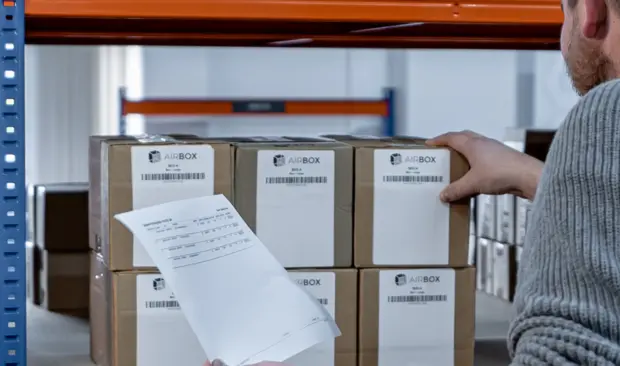Why paper-picking is picking the pockets of your warehouse

Stop losing resource on paper picking methods
When stock-focussed businesses are in their early years, it’s normal for their fulfilment operations to begin on a small scale, with a manageable SKU base and a handful of pickers. And it makes sense at this stage. Pickers have the time to become familiar with the characteristics of your different products and placements, and their pick rate is comfortable.
However, as with any growing enterprise, comes an increase in orders, inventory, footprint and pick paths. And with growth in the database comes increased travel time, increased labour costs and a potential drop in productivity.
Unsurprisingly, the growth of ecommerce and the increase in customer demand only exacerbates the pressure of businesses using ‘traditional’ methods . When orders fly in, pickers still relying on manual and paper-based picking are invariably entering into a chain of redundant and repetitive processes just to complete a single order.
Expectation Vs. Reality
Whilst a picker taking several tickets at once in an attempt to boost productivity might seem like a ‘batch pick’, the reality is something else. What’s actually happening is a multi-order pick, and randomly grouping multiple pick tickets in a single trip is actually more likely to slow throughput.
‘Actual’ batch picking groups orders into a logical pick set, which is based on what the orders have in common, such as SKU location or order size. Batch picking – with the aid of a stock control system – reduces touch requirements, shortens the pick path, reduces travel time, improves pick accuracy and optimises labour efficiency.
What can automation provide your picking process?
Whether you’re still operating with a traditional paper-picking system, or navigating multiple systems, adopting the right technology for your picking processes has the power to:
- Improve stock visibility
- Improve picker accessibility
- Boost pick rates and accuracy
- Remove holds up of paper-based picking
- Improve productivity & profitability
For example, by using automated pick rules, your warehouse can programme its handheld devices to create rules for your picks. These rules group orders within your ERP or WMS system to make it easier for management to determine what resource is required for the day and assign pickers to one of these desired groups of orders. Each picker will then pick their orders based on one of these rules for their day at work. The rules can be assigned to different people throughout the day based on the volume of orders coming in for each one.
The right technology might look different for every business, but a recent customer of ours equipped their team of five with handheld devices that integrated directly into their ERP system. In the words of their own operative: “The best thing is I don’t have to lug new stock intake into the main warehouse to process it. I can process it on Orderwise with the device that’s connected to the Wi-Fi. Easy.”
The end result? Over 110,000 parcels packed in a year with just five pickers.